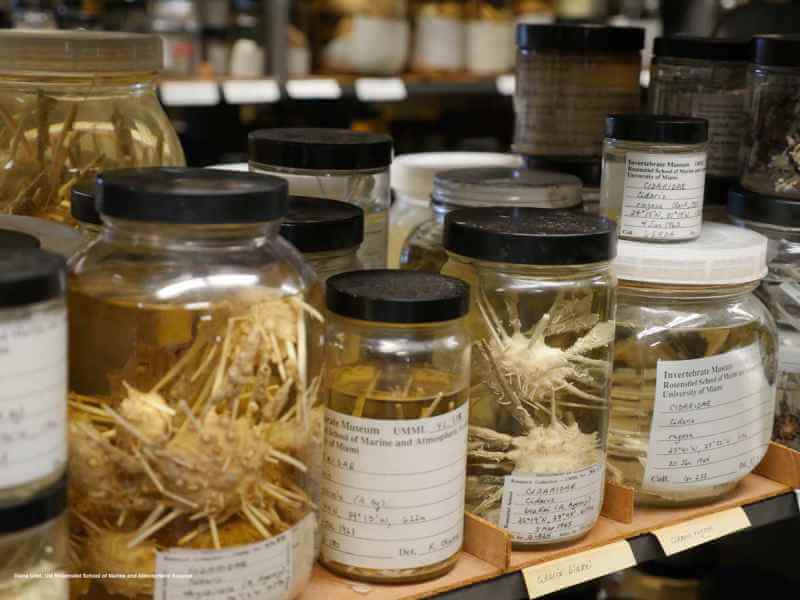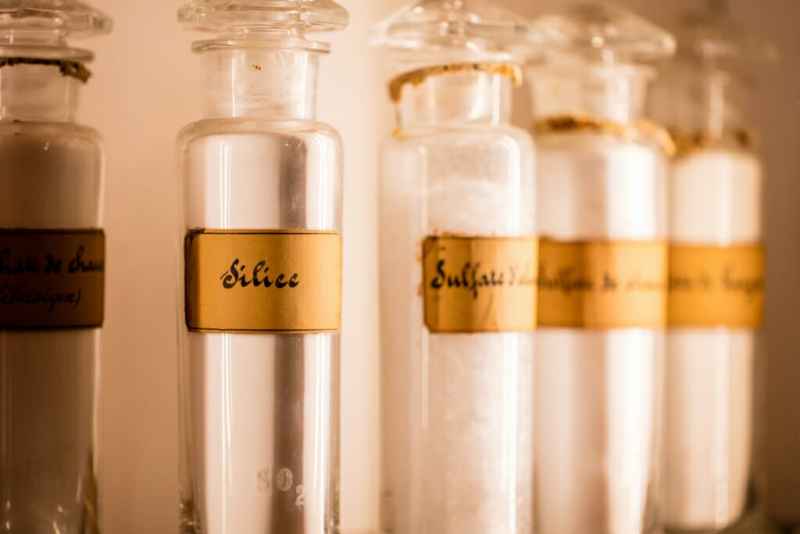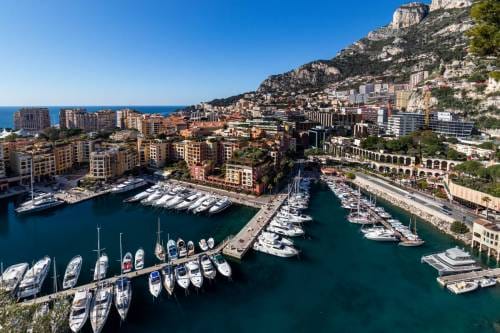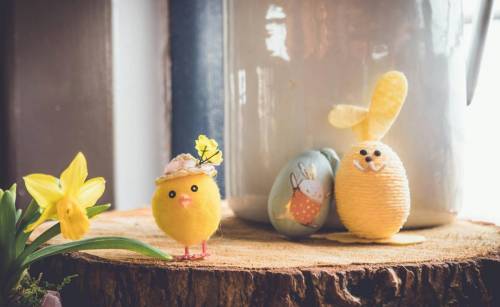If you want a sense of what is happening to our world and to nature – then follow the trail of scientists to the Oceanographic Museum. As entertaining and educational as a typical visit to the Oceanographic Museum can be, there is an inner sanctum that is reserved for serious research. It is tucked away in the lower levels of the Museum and interests scientists around the world.
There is no room for “choreography” in this inner sanctum regularly visited by researchers and scientists. This is serious science. So you will find thousands of jars stored, many with original hand-written labels from a prior century. Massive rotating cabinets designed for storage and quick access are under the dedicated custodianship of Michele Bruni, officially listed by the Museum as responsible for scientific collections.
Some the marine samples stored in this room of scientific treasures definitely would have intrigued you. They include evidence of species that have already vanished from the earth forever. In the history of our planet, the short time between now and when Prince Albert I sailed the seas in the name of science and ecology is just the blink of an eye. Yet in that blink of an eye, thanks to the Prince and the huge collection of scientific samples, we see the horrors of extinction. One of the samples is a huge shoulder blade belonging to a magnificent sea beast that was prevalent before the 18th century. About 12 metres long and slow moving, this massive “sea cow” easily fell prey to hunters. Its scientific name is Rhytine de Steller and it is sadly now extinct.

Of course, we also see the diversity and wonders of nature in the more than 30.000 samples, scientifically preserved – most in jars of alcohol and formaldehyde. Do you know how amazing some sea sponges are? These are just one of many samples of sea life stored away. They can recreate glass-like compartments within themselves from silica – a scientific miracle by itself. Marine life like shrimp is attracted into this fine glassy mesh and cannot escape. Nature proves to be far more interesting than fiction.
For the faint of heart a visit to a scientific storage room can be a little daunting – unless you are a medical student. One moment you can be confronted with the huge eye of a blue whale. Another moment you may well see a jar with a tortoise foetus. Nature can thrill or instil fear – it is so wondrous and diverse. Looking at a poisonous fish with razor sharp teeth it is difficult not to feel a shiver up the back of one’s spine.

The knowledge contained in these scientific collections highlights the painful reality of extinctions. And at the same time it increases our awareness of the marine treasures within the reach of our shores. It calls for yet more action to protect nature’s heritage. Our children will be thankful.









